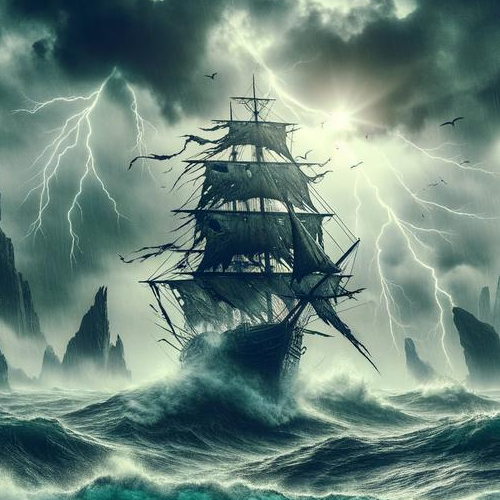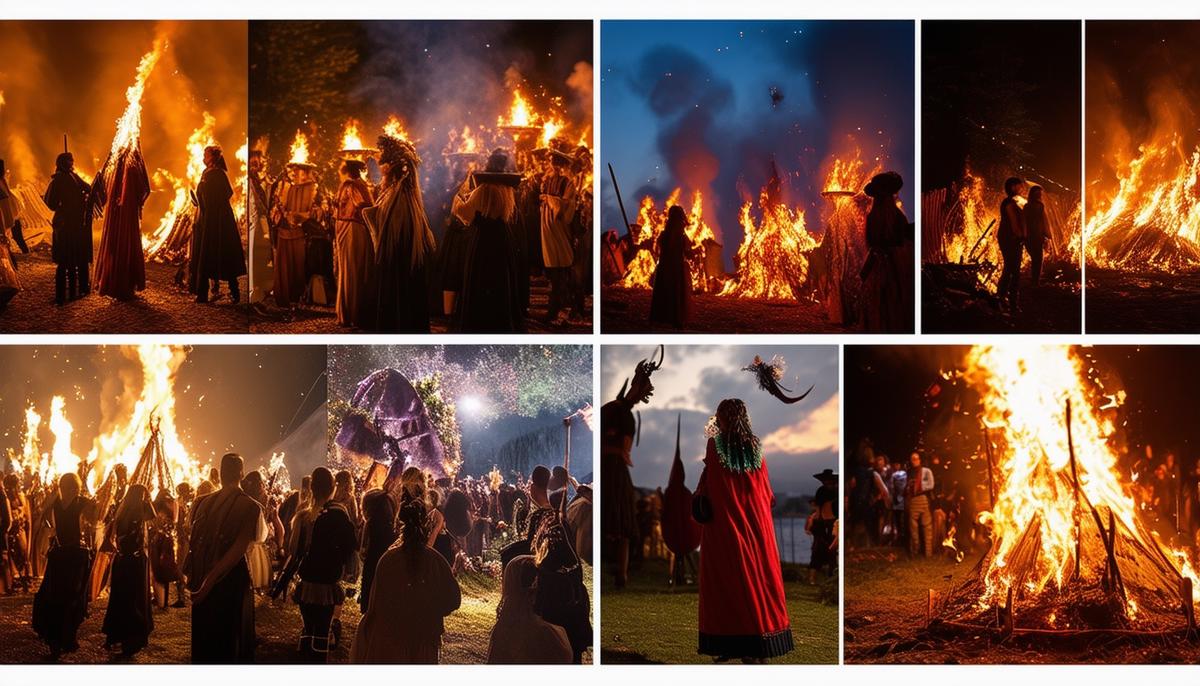Origins and Historical Background
Before Saint Walpurga, people gathered under the spring moon for festivals celebrating the arrival of spring. These gatherings evolved beyond simple celebrations—spirits were believed to appear, and the night before May 1 became associated with ghostly wanderings.
Saint Walpurga, an 8th-century nun from England, became a key figure in the Christian church's efforts against pagan rituals. As abbess in Heidenheim, Germany, she was known for healing locals of severe ailments.
The church saw an opportunity to Christianize these pagan festivities, transforming them into saintly celebrations. In Germany, stories emerged of witches gathering atop the Brocken Mountain on April 30. Locals lit fires to ward off these supposed witches.
In modern times, Walpurgis Night is a mix of customs and costumes, especially in Germany. The Swedish prepare folk songs, while in Finland, Vappu's carnival and May Day celebrations merge into lively revelries.
Walpurgis Night has become a night caught between history's tales and today's playful celebrations, blending ancient rituals with modern festivities.
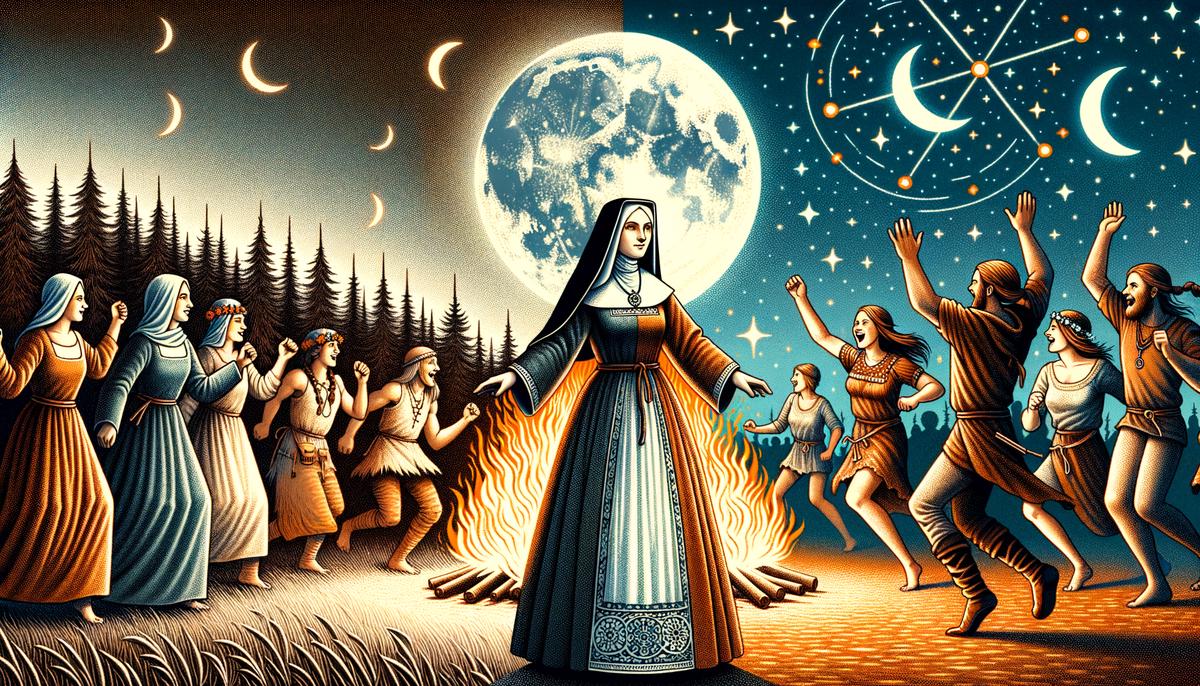
Witches and Folklore
Walpurgis Night is steeped in legends of witches and the infamous Brocken mountain summit. German folklore suggests that witches gather on the Brocken, the highest peak in the Harz Mountains, for a grand sabbat filled with rituals and revelries.
This image of witches gathering on the Brocken has inspired writers, poets, and artists for centuries. Johann Wolfgang von Goethe's play Faust vividly captured these spectral congregations, influencing Romantic era paintings and illustrations.
These tales fed into the witch paranoia of the 16th and 17th centuries. Despite scarce evidence, the idea of these gatherings seeped into the collective consciousness, lingering even through the Enlightenment.
The Romantic period transformed Walpurgis Night from a night of terror into a celebration of mystery. Artists channeled their imaginations into vivid portrayals of the Brocken's nighttime antics, turning fear into fascination.
Today, Walpurgis Night retains an air of enigma without being terrifying. It's a night when people can delight in the echoes of the past and the allure of mysterious lore, a dance between the mystical past and the playful present.
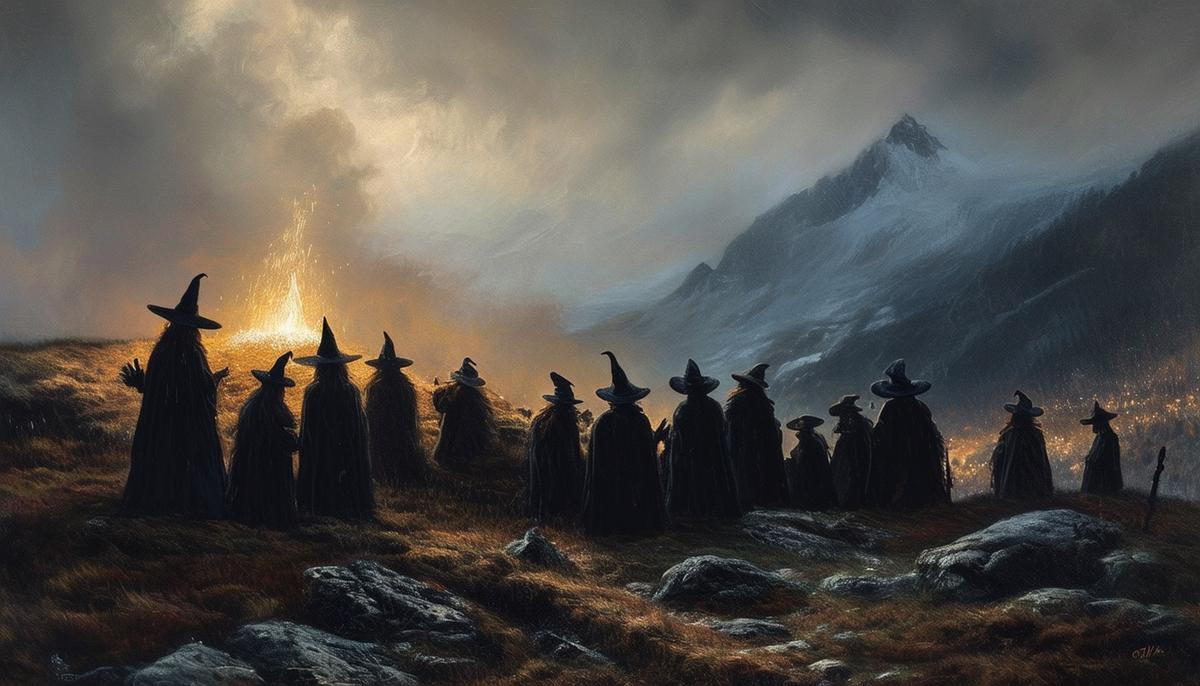
Traditional Celebrations and Customs
Walpurgis Night celebrations vary across Europe, each region adding its own flavor to the tradition. In Germany, the heartland of Walpurgis folklore, costumes and bonfires are central to the festivities. Children dressed as witches run through the streets, while adults gather around fires, dancing and reveling in the spirit of the night.
Sweden takes a more musical approach, with spring folk songs filling the air. Bonfires are present, but they serve as beacons of warmth and renewal rather than supernatural deterrents. The Swedish celebration, known as Valborg, is a gentle welcoming of spring.
Finland transforms Walpurgis Night into Vappu, a joyous event that extends into May Day. University students don flamboyant hats and clink glasses in camaraderie. Vappu features picnics, parades, and family gatherings, blending pagan roots with modern festivity.
Despite these regional differences, each celebration shares a common thread—acknowledging the ritual of seasonal change. The bonfires that once warded off evil now symbolize shared experiences and the transition from winter to spring. Across these countries, Walpurgis Night endures as a time of community, laughter, and the making of memories.
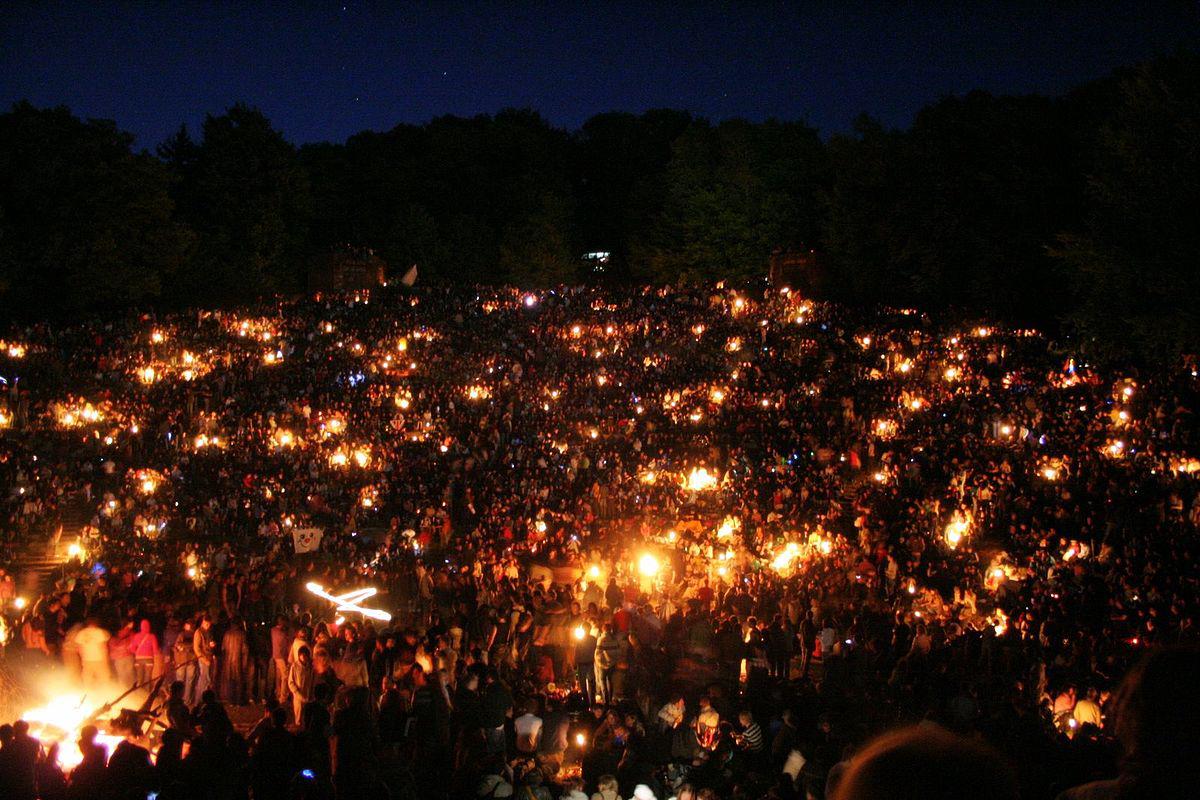
Modern-Day Celebrations
Today's Walpurgis Night celebrations blend old traditions with contemporary flair. The rise of Romanticism in the 19th century transformed the once-feared night into an enchanting festival, a shift that continues to influence modern festivities.
In Germany, the "Tanz in den Mai" (Dance into May) brings people together for lively celebrations. Bonfires, folk music, and dancing create a jubilant atmosphere where history and modern mirth intertwine. Elaborate costume parties, open-air music festivals, and community gatherings have become staples of the celebration.
These modern festivities emphasize community spirit and shared experiences. Bonfires now symbolize connection rather than protection from the supernatural. The celebrations attract a diverse crowd, from locals to curious travelers, all drawn by the unique blend of tradition and contemporary culture.
Walpurgis Night has evolved into a dynamic celebration that honors its layered history while embracing the present. From the Brocken to bustling town squares and college campuses, the festival takes on various forms, united by the spirit of revelry and the warmth of shared traditions.
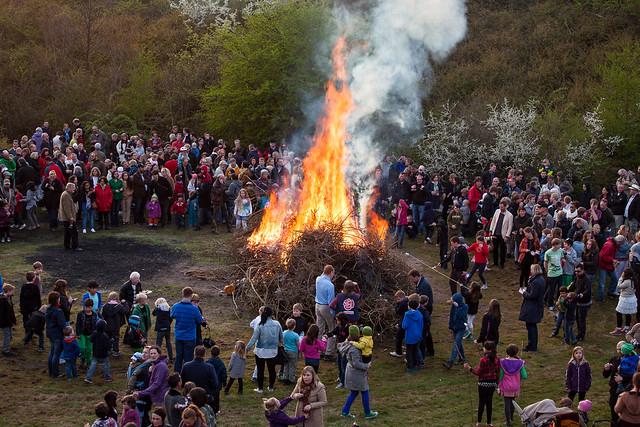
Cultural and Literary Impact
Walpurgis Night has left an indelible mark on cultural and literary history. Johann Wolfgang von Goethe's Faust stands at the forefront, using the festival as a backdrop for Faust's supernatural adventure. Goethe's vivid depiction transformed Walpurgis Night from superstition into a scene of captivating theatrics.
"Witches bound for the Brocken are we,
The stubble is yellow, the new grain is green.
All our number will gather there,
And You-Know-Who will take the chair.
So we race on over hedges and ditches,
The he-goats stink and so do the witches."
– Witches' chorus from Goethe's Faust
This literary treatment inspired a range of artistic works. Composers like Mendelssohn and writers such as Bram Stoker found creative inspiration in Walpurgis Night, exploring themes from life's chaos to the allure of myth.
In popular culture, Walpurgis Night has influenced horror films, musical spectacles, and heavy metal compositions. Its association with witchcraft and magic continues to shape artistic creation and popular perceptions of the supernatural.
The enduring appeal of Walpurgis Night lies in its ability to reflect humanity's fascination with the mystical. It serves as a canvas for exploring the tension between rationality and the remarkable, continually captivating audiences with its blend of history, mystery, and imagination.
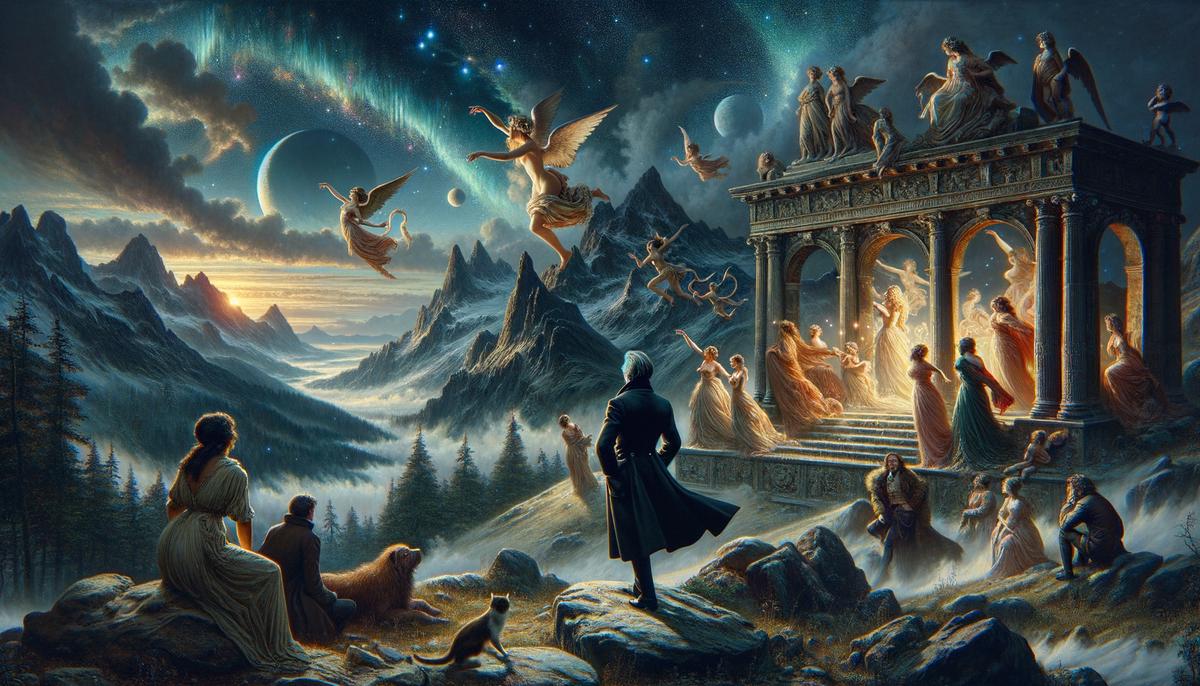
Walpurgis Night remains a captivating blend of history and modern celebration, inviting us to revel in the mystery that continues to enthrall us. It serves as a reminder of our enduring fascination with the mystical, where ancient rituals and contemporary festivities dance together under the stars.
- Präetorius J. The Blocksberg Performance. 1668.
- Goethe JW. Faust. 1808.
- Stoker B. Dracula's Guest and Other Weird Stories. 1914.
- Mann T. The Magic Mountain. 1924.
